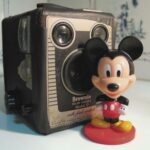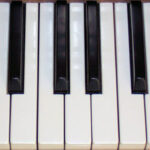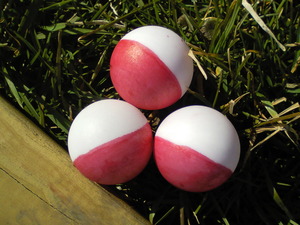With childhood obesity rising all the time, and with healthy, helpful activities easy to find, the parent of young children must more than ever have reasons to justify letting their children watch television. We all know someone who claims their children never watch television, as it interferes with the child becoming fluent in Spanish and Mandarin before age three, or cuts into time at lessons for swimming, figure skating, piano and karate. These roboparents imply – or outright state – that we are allowing our children to fall behind at the most crucial stage of their development.
Despite the perpetual annoyance from such friends, though, sometimes allowing television viewing can help both child and parent. Parents who allow their children to watch television want the show to provide something in at least three areas. First, the content should teach helpful lessons to children watching, so the parent can justify to enlightened, cable-free friends that the child gains developmentally from watching. Second, the show should hold the child’s attention; the child can’t learn if s/he does not watch, and the parent has trouble finding time to fold laundry, wash dishes, or write articles for Associated Content without the child’s temporary occupation with the show. Finally, the show should be as un-painful as possible for a parent to watch with the child. Ideally, there will even be some aspect of the show in which a parent can take secret delight – genuine amusement with the show, or even something at which the parent can laugh internally but which the child will – the parent hopes – not understand.
With this in mind, I will review one of the flagship cartoons on The Disney Channel’s weekday and weekend morning lineup, its segment called “Playhouse Disney.” Following will be a brief look at “Mickey Mouse Clubhouse,” describing what it offers children, what you may find annoying, and a subtle adult element you might infer, should your mind be desperately seeking such an element.
For the Children
For the children, Mickey Mouse Clubhouse offers catchy music, problem-solving, and the lesson of always staying positive about yourself and what you need to do. Some of the problem-solving can be something less than realistic; Toodles always begins an episode with three or four “Mouseketools” to use during the episode, and the occasions when a child might have access to a giant candy cane or a giraffe in real life will probably be few. Even so, the idea of knowing what one has, and applying the correct tool for the right situation, could certainly prove useful for children, if nothing else by providing a head start into the boy/girl scout mentality. Self-affirmation also flows throughout this show, and while one can question whether children might benefit from learning at times that, in fact, some tasks exist which they simply cannot complete, there is no reason for such life lessons to come from Playhouse Disney.
The Annoyance Factor
Parents who find children’s television sometimes annoying will certainly find sources of annoyance here. Goofy, for example, could be considered funny in some circles. At times, though, his inability to complete a sentence without fumbling for words can aggravate. Minnie’s giggling does little to advance the show – and, in fact, other than occasionally answering a Mouseketool-related question, she is something less than a strong character with whom you might want your daughters to relate. I will admit, however, that a part of me enjoys the show-ending “hot dog dance,” and not only because it signals the end of another episode.
For the Wandering-Minded Adult
Parents who watch the show may derive silent amusement when listening to Mickey singing for his mouseketools by beginning with “Mousekerhey, mousekerhi, mousekeho.” As your children follow the rest of the song, you might find yourself trying to decide which character is mouseke-high, and which is the mouseke-ho. With regard to the first question, likely candidates include Goofy and Minnie – a mindset that may help in terms of each character’s annoyance factor. The answer to the latter question is clearly Daisy, who appears somewhat less than completely innocent in her flirtation with Mickey – most notably in the “Donald Duck hide and seek” episode in which Mickey approaches a leaning-over Daisy from behind, thinking she is Donald. (Note: Though my mind went here immediately, I am not proud of this.) Watching the show and thinking of the friendships as though the characters were adults might be a bit twisted, but it also may render the show more watchable. Just don’t explain to your children why you’re laughing.




